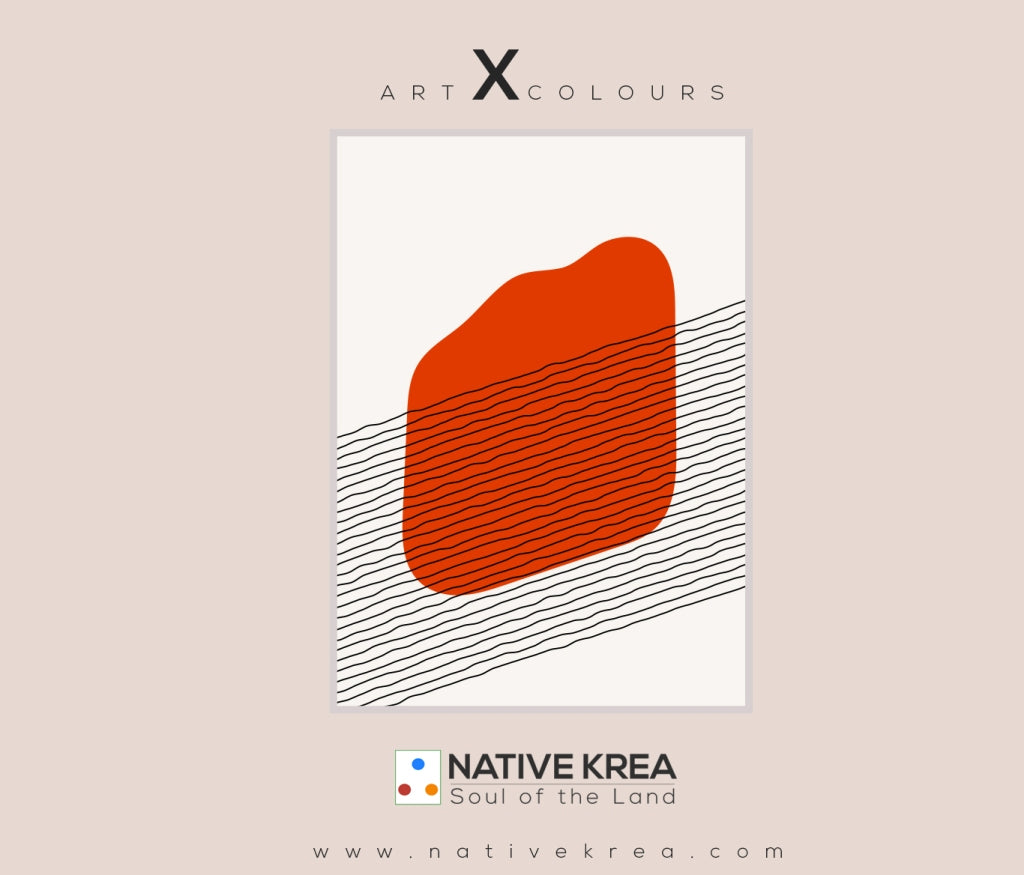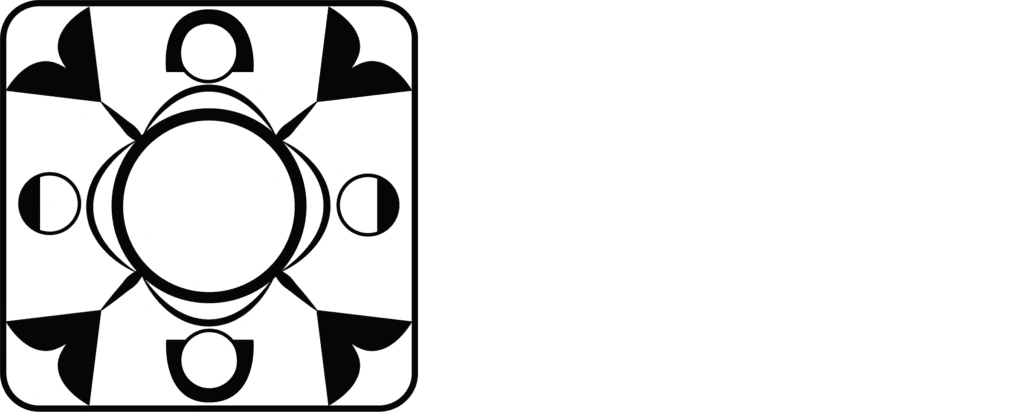Art is the expression of life. Just as physics describes the physical components of everything and around and chemistry talks about the chemical composition of living and non-things things, art explores life. Back in the 19th century, when the period of renaissance raced through medieval Europe, artists were perceived as skilled artisans rather than creative artists.
Art is inspired and instilled by things, great or small. A leaf, a caterpillar, a cloud of rain, a still night, a deep sea, a mighty mountain…you name it, and the mind of an artist draws inspiration from great and small things alike.
Like a potter who works with clay and a banker who works with money, an artist works with colors. Shades of light and dark and hues of thick and thin are the bits and pieces of magic that an artist uses to define the aesthetic picture formed in his mind. The design of colors in various planes and angles gives the art a unique visual format of its own.
Even when a painting’s narrative symbolism is ambiguous, it is the formal interaction of colors and patterns that is capable of transmitting a particular mood, establishing optical perceptions of space, volume, movement, and light, and generating elements of both symphony and stress.
Each color defines a particular connotation, and they pull the strings of a painting together. Red is a rich color of the color palate. Yellow is a subtle, flowy color. Blue is a soothing and tranquil colour. Green is the color of nature. Black is a color of mystery and magic. Terracotta is a modern color. White symbolizes purity. The combination of different colours fabricates a visual treat and they symbolize their connotation in union. After the concept of colours, modern and conventional, invaded the world of art, ‘fine art’ came into existence. Colours define an art and an art manipulates colours.


